Sing Tehus is now B Corp certified! Read more
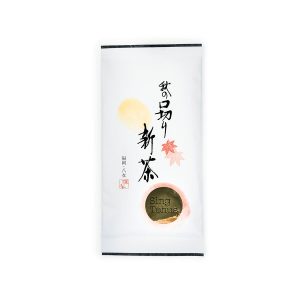
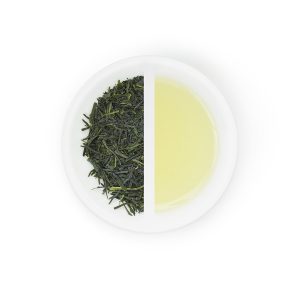



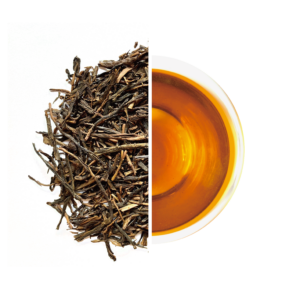
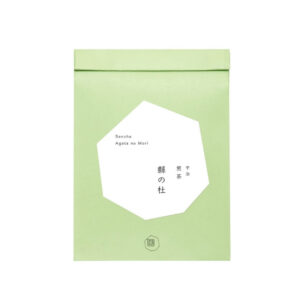
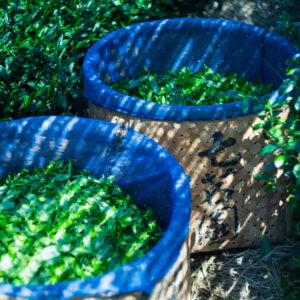
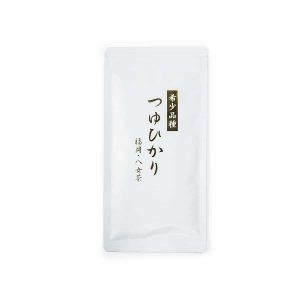

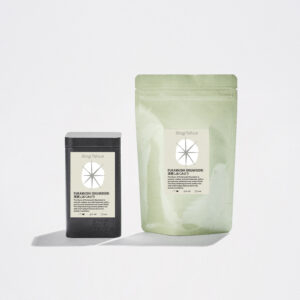
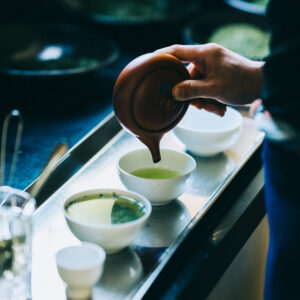


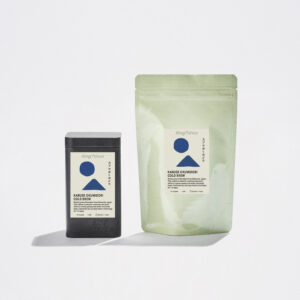

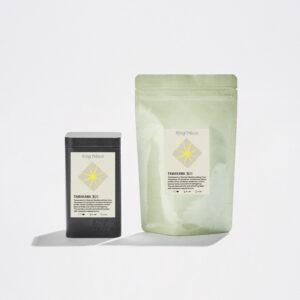
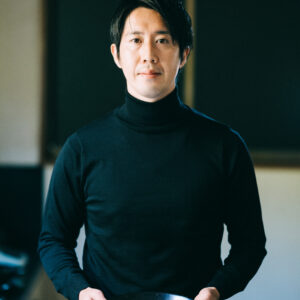
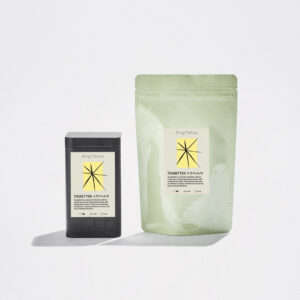

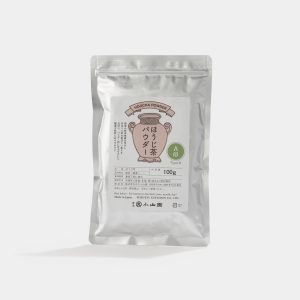

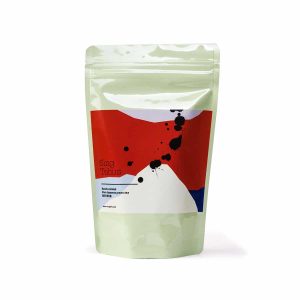


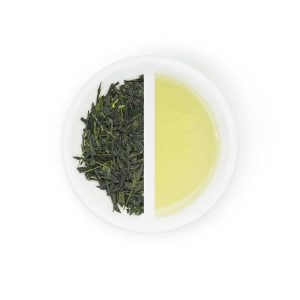
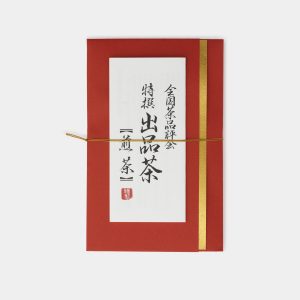
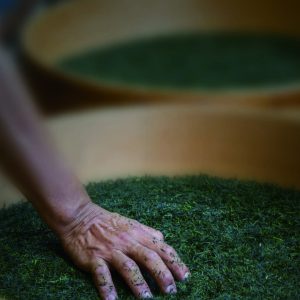
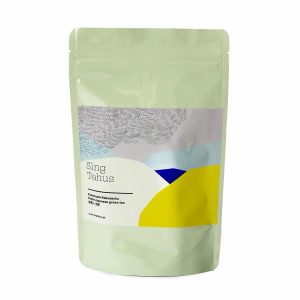
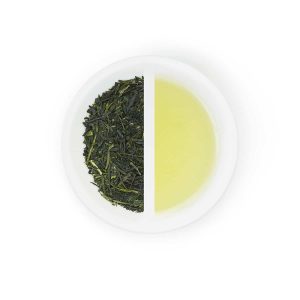
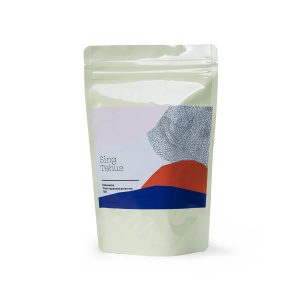
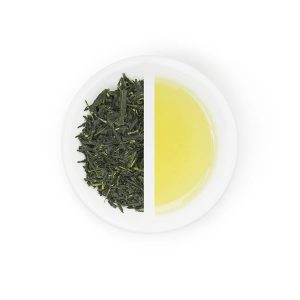
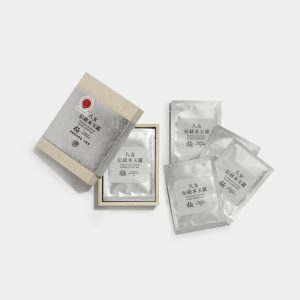
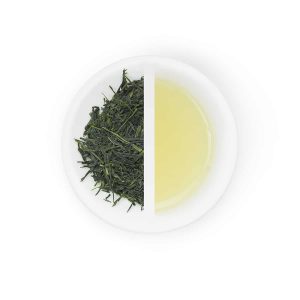
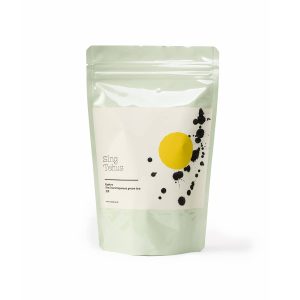
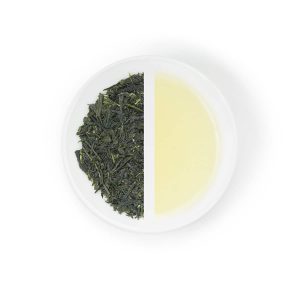
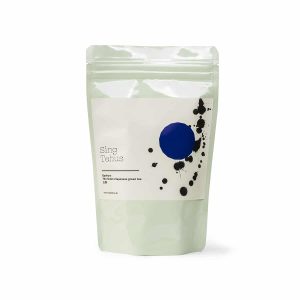
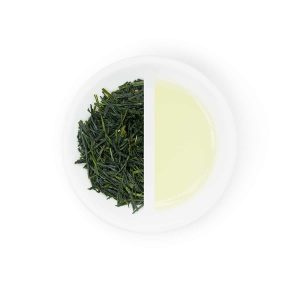

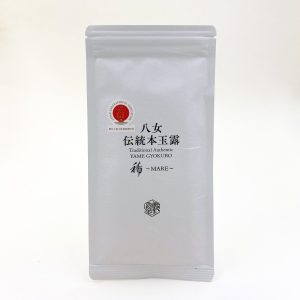
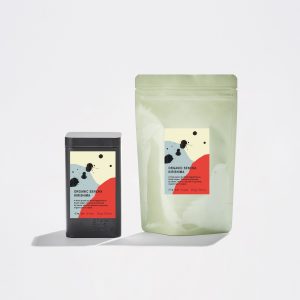
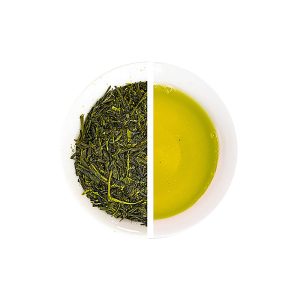

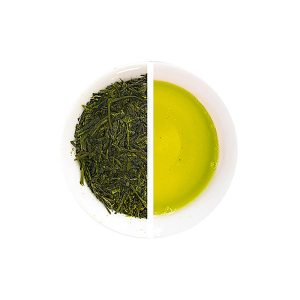
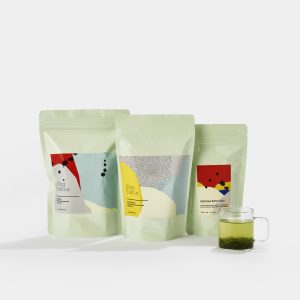
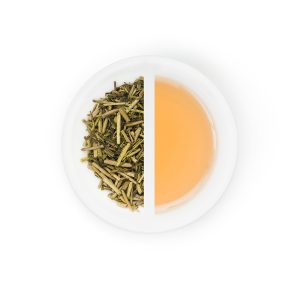
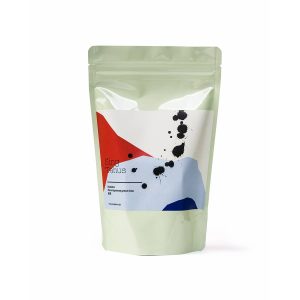
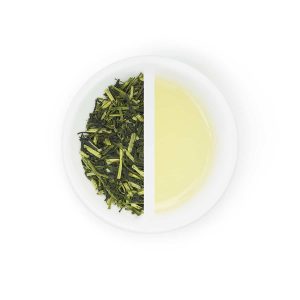
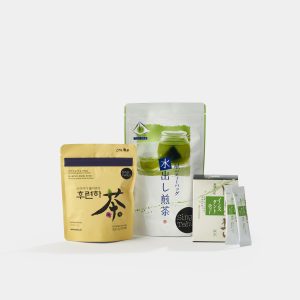



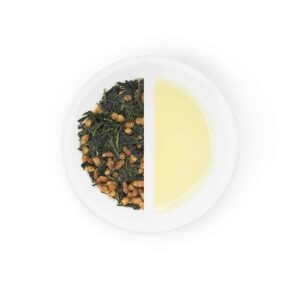

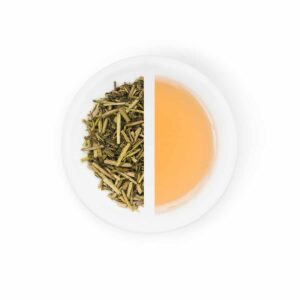

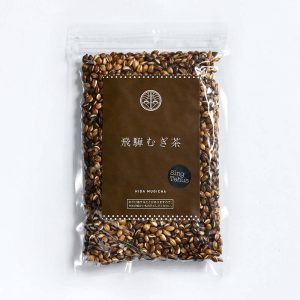
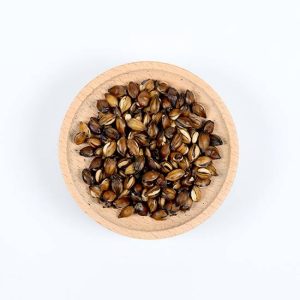
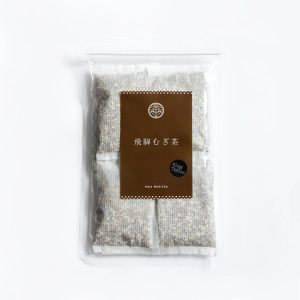

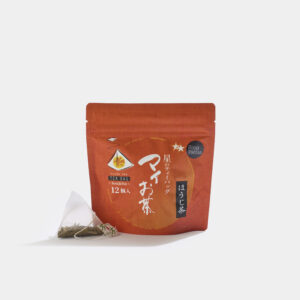
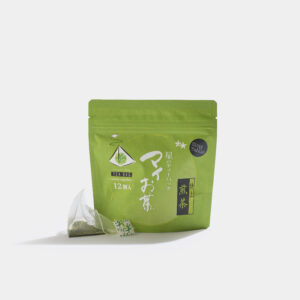
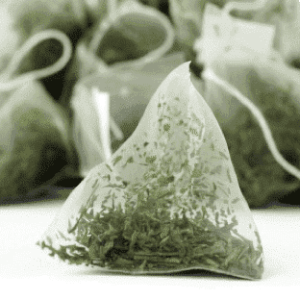
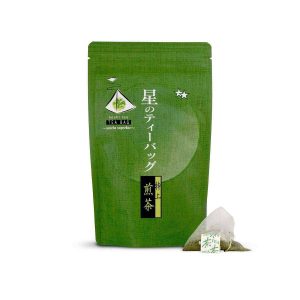

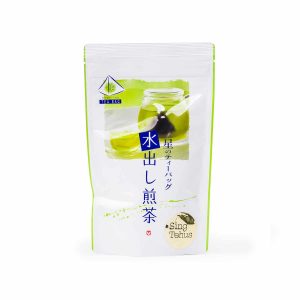

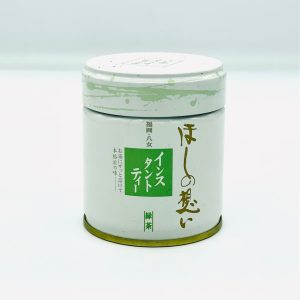
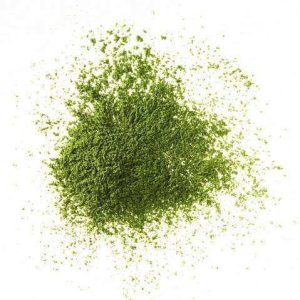
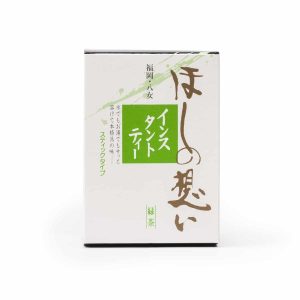

Japanese green tea
In Japan, tea has an important place in the culture. Tea is available in Japan in many different qualities, and tea is widely used in cakes and desserts as well as in cooking. All Japanese people associate drinking tea with sitting in mum's kitchen, eating good food, or gathering as a family. The primary cultivation is green tea, but there is also smaller production of other variants, such as black tea, called Koucha.
Japanese tea is characterised by its high quality, just like many other foods in Japan. The Japanese have high demands on food quality, which means that tea farmers have developed production methods such as covering entire fields with a bamboo roof so that the tea is not in direct sunlight. When the tea is in shade, the leaves develop an increased content of chlorophyll, which gives the green colour and has an impact on the taste.
The Japanese are also very meticulous and have developed methods where the tea is steamed and dried in several stages, which also produces the exceptional flavour.
At Sing Tehus we have several different varieties of Japanese green tea, and you can browse our large selection and find your favourite on this page. We have worked with our Japanese tea suppliers for many years and have developed a familial bond. Showing interest and trust in each other is of great importance when building a business together in Japan. This not only creates a good working relationship, but also adds value, personality and warmth to the collaboration.
Our tea supplier Hoshino Seichaen is in the top 5 of tea producers in Japan, as they are awarded in tea competitions every year for their high quality. We have worked with Hoshino Seichaen for 14 years and it took us many years to perfect our skills and get their authorisation to sell these award-winning teas.
Exceptional quality tea with a full-bodied flavour
When it comes to tea production in Japan, the tea leaves are steamed and dried several times and then rolled into small needles. For the finer production, entire tea fields are covered with bamboo mats so the tea plants avoid sunlight. This gives the tea sweetness and depth. The high quality tea is only picked once a year in the spring, and once the leaves are picked, they are transported in a refrigerated lorry to a nearby production site so that within an hour the leaves are being processed in cold storage to retain their freshness and vitality.
In addition, the Japanese have also developed a technique whereby only the finest tissue from the tea leaves is used. These processes help to ensure that Japanese green tea is the highest quality tea with a rich and fresh flavour that opens up in the mouth. When you're done brewing, add a drop of soya to the tea leaves and enjoy the fine tea leaves, preferably with chopsticks.
How is Japanese green tea different from regular green tea?
Japanese green tea is steamed, rolled and dried in several stages, resulting in an exceptionally fresh and delicate flavour. Over the years, Japan has developed very sophisticated production methods that result in a very fine quality. Some teas are also grown in shade or semi-shade, which increases the flavour content. See our full range of green teas here.
Can you get organic Japanese green tea?
You can buy organic Japanese green tea labelled with JAS, but you should be aware that there are different requirements for Japanese organic and Danish (EU) organic.
Until recently, the Japanese haven't been too keen on organic labelling as they are known to be very concerned with high quality. However, due to the high demand for organic tea in the West, a team of tea farmers in southern Japan, specifically Kagoshima, have taken on the paperwork and documentation required to sell organic tea in the EU.
You can see our full range of organic teas here.
How does Japanese green tea taste?
There are many different flavours of Japanese green tea, so there's no clear answer to what it tastes like. What Japanese green tea has in common is that it tastes fresh, often has a hint of sea and seaweed and the quality is top notch.
Get exclusive news and promotions delivered straight to your inbox. Also, look forward to ongoing inspiration on new ways to use tea, such as cold brewing, soothing tea face masks and much more. Sign up for the newsletter here.
Sign up for our newsletter and get 10% off your first purchase.

